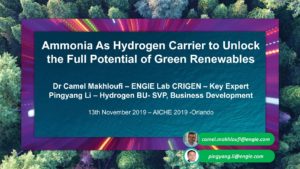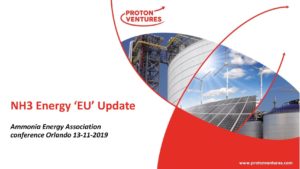Royal Society publishes Green Ammonia policy briefing
This week, the UK's Royal Society published an influential "Green Ammonia" policy briefing on ammonia as a "zero-carbon fertiliser, fuel and energy store." Rather than provide a comprehensive summary here — the Royal Society policy briefing is freely available to download — I want to focus only on four specific figures. These four illustrations repackage previously available data in valuable new ways, communicating key insights around the barriers to and opportunities for ammonia energy.








